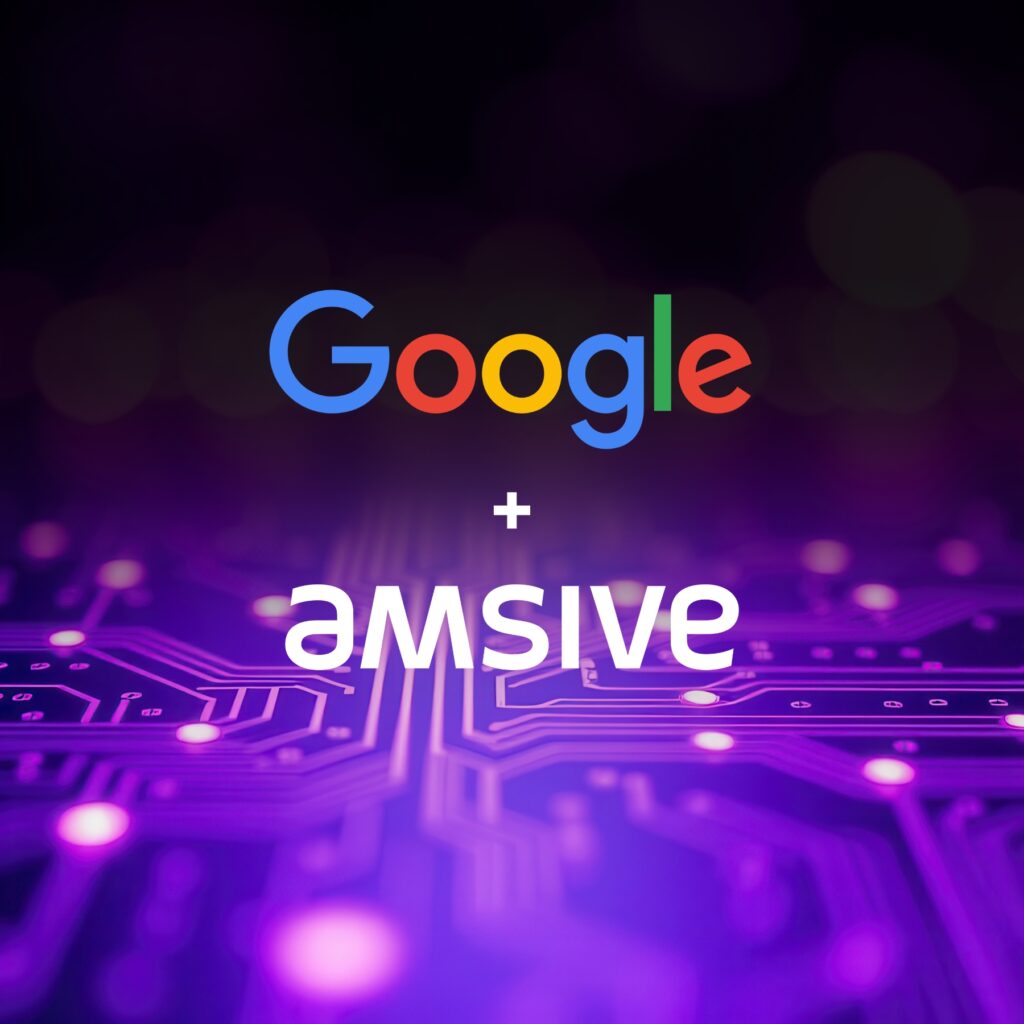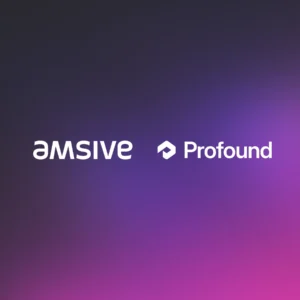Banner ads can have value, but relying solely on them costs you far more money than they will ever generate.
Advertising online is a core part of maintaining your business’s online presence, and banner ads are incredibly common options — so common in fact that many people don’t even see them.
You don’t need to completely give up on banner ads to have a successful marketing strategy, but they need to be deployed with a grain of salt.
The very first banner ad appeared on HotWired.com back in 1994 as part of AT&T’s “You Will” campaign featuring voiceover from Tom Selleck that predicted — fairly accurately — the future conveniences of the internet. While there were other banner ads ready to go on HotWired, AT&T was the first to hit publish and saw incredible returns. This ad boasted an incredible 44% click-through rate, giving data-backed proof that internet advertising was possible for marketers.

If you want to read more about the rollout of this technology, The Atlantic has a great piece detailing its implementation and proliferation. The early return on investment unsurprisingly led to an overabundance of banner ads online, which quickly and severely diluted its impact on consumers. Now, two decades later, people are better than ever at identifying and ignoring these types of ads. There’s a name for this shift — banner blindness.
What is Banner Blindness?
It wasn’t long after the invention of banner ads that the general public got so used to seeing and ignoring them. The term “banner blindness” was coined by Rice University researchers after conducting a study that found the majority of people either consciously or unconsciously ignored banner ads when viewing a webpage. It took less than four years for these briefly eye-catching ads to become little more than an afterthought.
Today, the average click-through rate (CTR) for banner ads hovers between 0.1% and 1% depending on which source you turn to. The vast majority of CTR stats hover far closer to the low end of that range, primarily due to the fact that a lot of banner ads are created without much additional thought behind their implementation. However, when deployed intelligently, banner ads get seen by millions of people, turning that fraction of a percent into a significant number of clicks when you break down the math.
No matter how much you workshop and refine your banner ads to catch internet-weary eyes, it won’t matter if they don’t show up in the first place. This is why it’s vital to use an omnichannel marketing strategy to avoid these hard blocks in a digital-only path.






These numbers only tell part of the story. Banner ad spending hit $38.7 billion in 2021 and is expected to grow to $64.2 billion in 2026. This level of investment indicates that there is clear value in pushing out these types of ads, but doing so without a more complete understanding of what contributes to its success and failure is a quick way to lose money, fast.
What Causes and Contributes to Banner Blindness?
The cause of banner blindness varies from user to user, but there are a few key reasons that a significant portion of the general public ignores, consciously or unconsciously, banner ads. A lot of this is tied to how banner ads are rolled out — they are placed in set positions on a webpage with pre-determined dimensions that you need to adhere to when submitting them to whatever service you run them through. This uniformity is easily recognizable by users, so it’s a simple matter for them to identify and gloss over ads as they pop up.
On top of that, most users end up on web pages with a goal in mind, whether that’s to read a news article, use a recipe, learn about background information on a TV show, etc. With a clear focus and easily identifiable placements, banner ads can be fairly easy to ignore and brush past to get the information the user is looking for. If you want to learn more about user tendencies, Nielsen Norman Group has an informative piece built around eye-tracking research that gives more insight into how people navigate web pages.
On top of these factors, banner ads literally might not be showing up for some people. As we mentioned in a previous blog, 42.7% of internet users between the ages of 16 and 64 and 46.2% between the ages of 16 and 24 use ad blockers. No matter how much you workshop and refine your banner ads to catch internet-weary eyes, it won’t matter if they don’t show up in the first place. This is why it’s vital to use an omnichannel marketing strategy to avoid these pitfalls that can cause problems for a digital-only path.
Build Diversity in Your Advertisements Through a Smart Omnichannel Strategy
You don’t need to completely give up on banner ads to have a successful marketing strategy, but they need to be deployed with a grain of salt. A good marketing strategy needs to be built on a strong foundation with a range of options so your business isn’t hamstrung when one area fails to perform. Understanding your audience and building an eye-catching campaign is only one part of a data-centric, omnichannel strategy, giving you the power to know more and do more. Dig deeper into how you can improve your local search campaign, or let’s talk about how to achieve more for your marketing — and your business.
Author: Ryan Smythe, Content Manager






